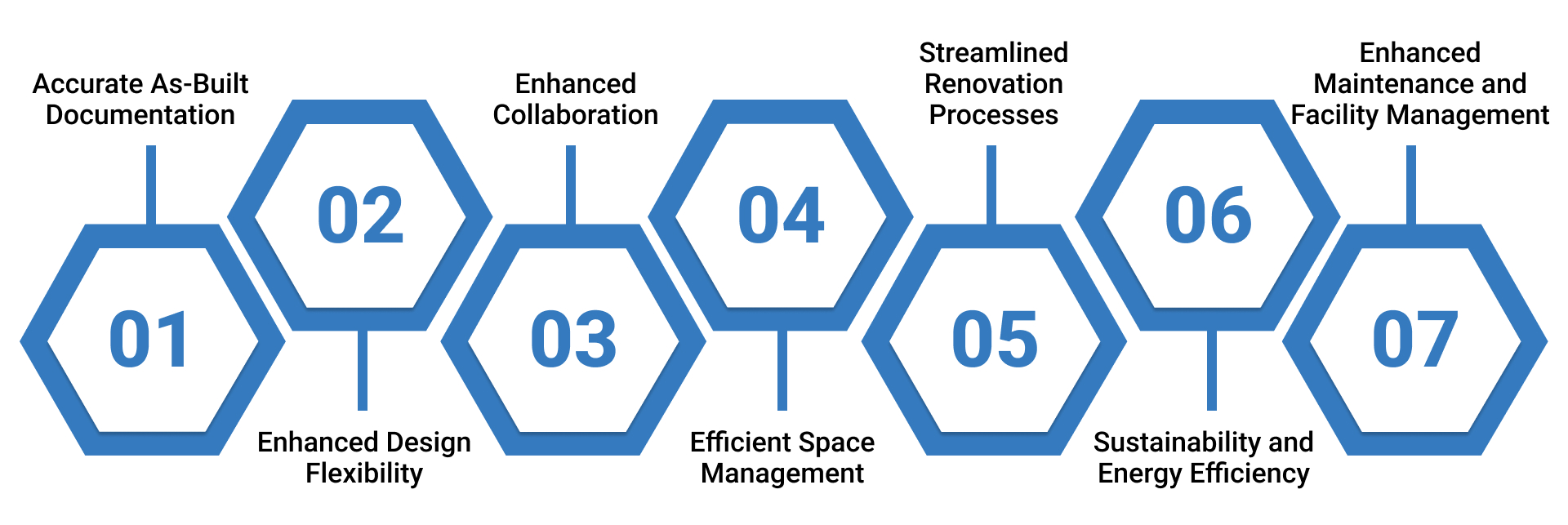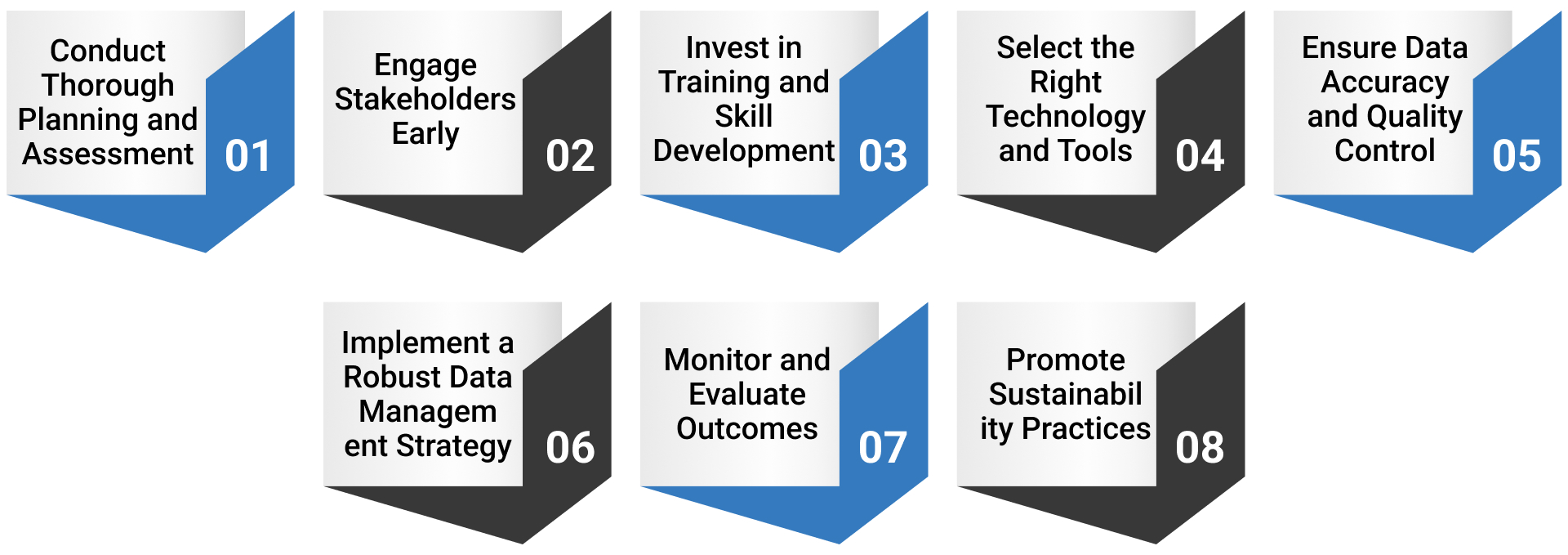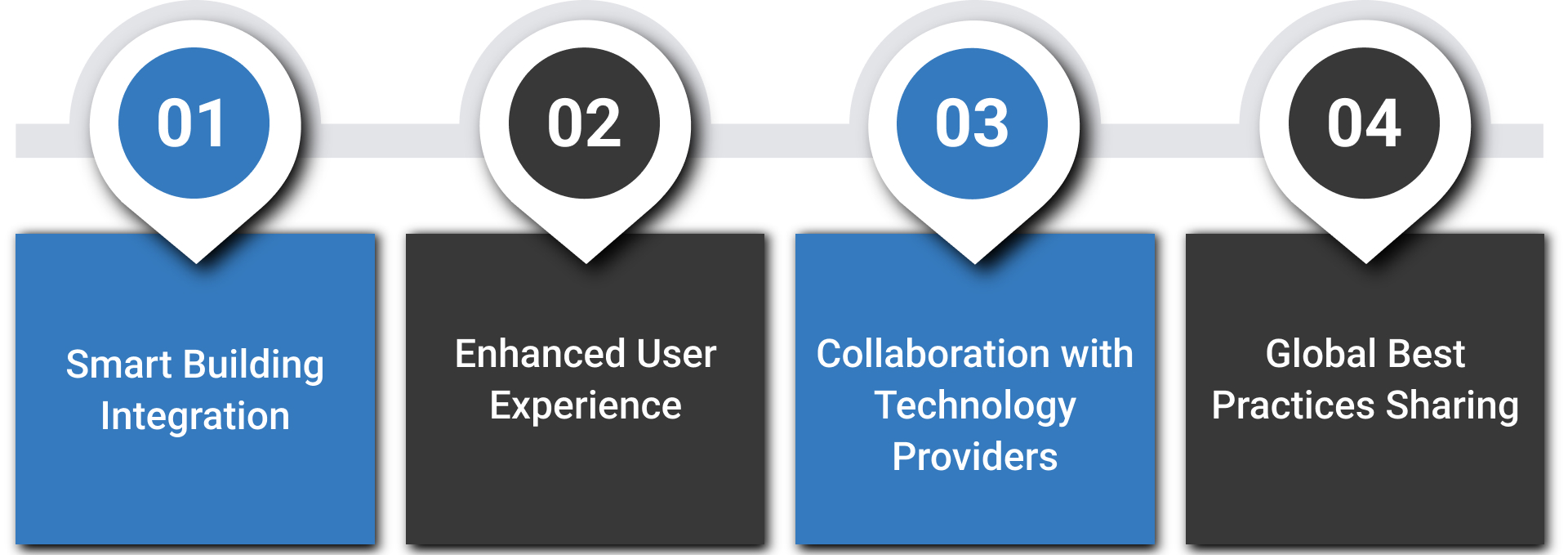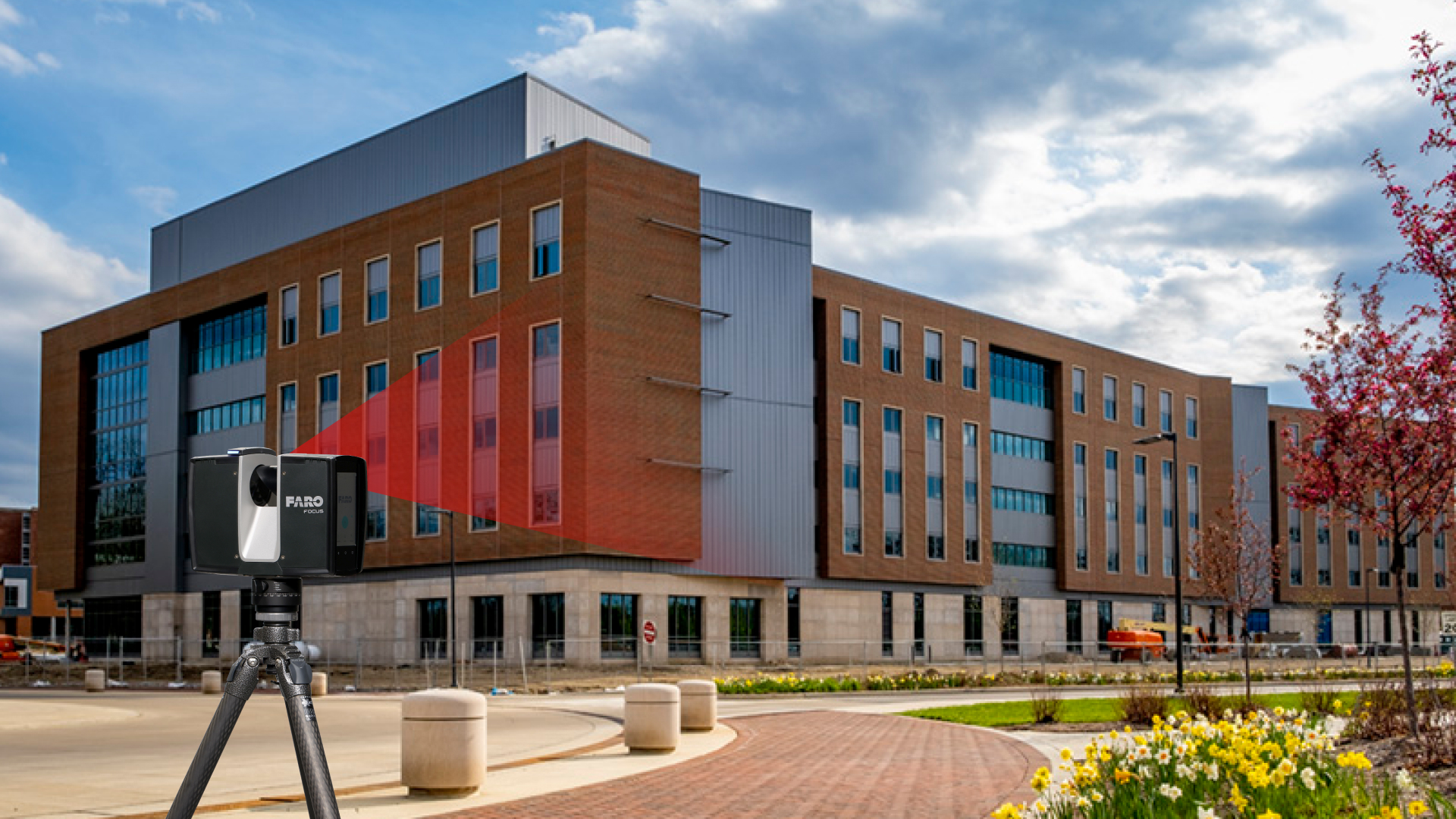In today’s rapidly evolving educational landscape, institutions are increasingly recognizing the need for innovative solutions to improve facility management, design, and planning. One such technology making significant waves in the architecture, engineering, and construction (AEC) industry is the Point Cloud to Building Information Modeling (BIM). This technology not only streamlines the design process but also enhances the operational efficiency of educational buildings, ensuring that they meet the evolving needs of students, faculty, and staff.
Benefits of Point Cloud to BIM for Educational Buildings

Accurate As-Built Documentation
Point cloud data provides an accurate representation of existing buildings, capturing every detail. This is particularly useful for educational institutions looking to renovate or expand their facilities. By using Point Cloud to BIM services, schools and universities can develop precise as-built documentation, ensuring that future modifications are based on accurate measurements.
Enhanced Design Flexibility
With a detailed 3D model in hand, architects can experiment with various design options, allowing for greater creativity and flexibility in renovations or new constructions. This is crucial in educational environments where space must be optimized for classrooms, laboratories, and common areas.
Enhanced Collaboration
Point Cloud to BIM facilitates better collaboration among architects, engineers, contractors, and facility managers. By using a shared digital model, all stakeholders can visualize the project and make informed decisions collectively. This collaboration helps reduce miscommunication and ensures that everyone is aligned with the project’s goals.
Efficient Space Management
Educational buildings often face challenges related to space utilization. With accurate models derived from point clouds, facility managers can analyze space usage patterns, identify areas for improvement, and optimize classroom and common area layouts. This leads to better learning environments and maximizes the potential of the available space.
Streamlined Renovation Processes
Renovations in educational buildings can be complex and disruptive. However, by utilizing Point Cloud to BIM, institutions can minimize disruptions by planning renovations more effectively. The detailed models allow for better sequencing of construction activities, reducing downtime and inconvenience for students and staff.
Sustainability and Energy Efficiency
Point Cloud to BIM can also play a role in enhancing the sustainability of educational buildings. By analyzing the data, institutions can identify energy inefficiencies and implement retrofitting strategies that contribute to greener buildings. This not only reduces operational costs but also fosters a culture of sustainability within educational environments.
Enhanced Maintenance and Facility Management
With a comprehensive BIM model, facility managers can improve their maintenance strategies. The digital model allows for better tracking of assets, systems, and components, enabling proactive maintenance planning. This is particularly beneficial in educational buildings where timely maintenance can prevent disruptions to the learning environment.
Best Practices for Implementing Point Cloud to BIM in Educational Buildings

To effectively harness the advantages of Point Cloud to BIM technology in educational buildings, institutions should consider several best practices during implementation:
Conduct Thorough Planning and Assessment
Before beginning the scanning and modeling process, educational institutions should conduct a comprehensive assessment of their existing facilities. This includes identifying specific goals for renovations or new constructions, such as improving space utilization, enhancing technology integration, or fostering collaborative learning environments. Clear objectives will guide the project and ensure that the outcomes align with the institution’s mission and vision.
Engage Stakeholders Early
Engaging key stakeholders early in the process is crucial for a successful implementation of Point Cloud to BIM. This includes faculty, students, facility managers, and community members. By involving them in discussions about their needs and preferences, institutions can create a design that reflects the diverse perspectives of all users. Conducting surveys, focus groups, or workshops can help gather valuable insights that shape the project’s direction.
Invest in Training and Skill Development
To maximize the potential of Point Cloud to BIM, institutions should invest in training for their staff. This includes training on how to use 3D scanning technology, BIM software, and data management tools. By building internal expertise, institutions can better manage ongoing projects, maintenance, and updates to their BIM models. Additionally, fostering a culture of continuous learning will encourage staff to stay current with the latest advancements in technology.
Select the Right Technology and Tools
Choosing the appropriate scanning equipment and BIM software is vital for the successful conversion of point cloud data into useful models. Institutions should evaluate their specific needs and budget constraints when selecting tools. Collaboration with experienced professionals in the AEC industry can provide valuable guidance on selecting the most suitable technology for their projects.
Ensure Data Accuracy and Quality Control
The accuracy of point cloud data is essential for creating reliable BIM models. Institutions should establish quality control measures to validate the data collected during scanning. This includes performing regular checks to ensure that the scanned data matches the actual physical conditions of the building. By maintaining high standards of data quality, institutions can reduce errors and improve the reliability of their BIM models.
Implement a Robust Data Management Strategy
A well-defined data management strategy is essential for effectively utilizing Point Cloud to BIM technology. Institutions should develop protocols for storing, sharing, and updating BIM models. This includes creating a centralized repository for all project-related data and ensuring that stakeholders have appropriate access to the information. A robust data management strategy enhances collaboration and ensures that all team members are working with the most current information.
Monitor and Evaluate Outcomes
After implementing Point Cloud to BIM, educational institutions should continuously monitor and evaluate the outcomes of their projects. This includes assessing the impact of renovations or new constructions on learning environments, space utilization, and overall satisfaction among users. Gathering feedback from stakeholders can provide valuable insights that inform future projects and initiatives.
Promote Sustainability Practices
Incorporating sustainability practices into the Point Cloud to BIM process is essential for educational institutions committed to environmental responsibility. Institutions should consider using energy modeling and simulation tools alongside BIM to analyze the environmental impact of their designs. This allows for the identification of opportunities for energy efficiency, waste reduction, and sustainable resource use, contributing to a greener educational environment.
Future Outlook

As technology continues to advance, the role of Point Cloud to BIM in the education sector is expected to expand further. The following trends will likely shape the future of educational buildings:
- Smart Building Integration: With the rise of smart technologies, educational institutions may incorporate IoT devices and sensors into their facilities. This integration can be captured in BIM models, enabling real-time monitoring of building performance, occupancy, and energy usage. The result is a more responsive and adaptive educational environment.
- Enhanced User Experience: As AR and VR technologies evolve, institutions will increasingly use Point Cloud to BIM for immersive experiences. Students and faculty can interact with 3D models, participate in virtual design reviews, and explore proposed renovations in a virtual space, leading to more informed decision-making.
- Collaboration with Technology Providers: Partnerships with technology providers and software developers will be essential for educational institutions looking to stay at the forefront of Point Cloud to BIM advancements. Collaborative projects can lead to innovative solutions tailored specifically for educational environments.
- Global Best Practices Sharing: As more institutions adopt Point Cloud to BIM, there will be opportunities to share best practices and lessons learned globally. This collaborative approach can lead to the development of standardized processes, templates, and benchmarks, fostering continuous improvement across the education sector.
Conclusion
The integration of Point Cloud to BIM technology in educational buildings presents a transformative opportunity for institutions to enhance their facilities, optimize space utilization, and create innovative learning environments. By embracing best practices and staying attuned to emerging trends, educational institutions can leverage this technology to not only improve their infrastructure but also elevate the educational experience for students and faculty alike.
In an era where adaptability and responsiveness to change are paramount, Point Cloud to BIM stands as a powerful tool for shaping the future of education. By investing in this technology, educational institutions can ensure they are prepared to meet the evolving needs of learners in a dynamic and interconnected world.


Recent Comments